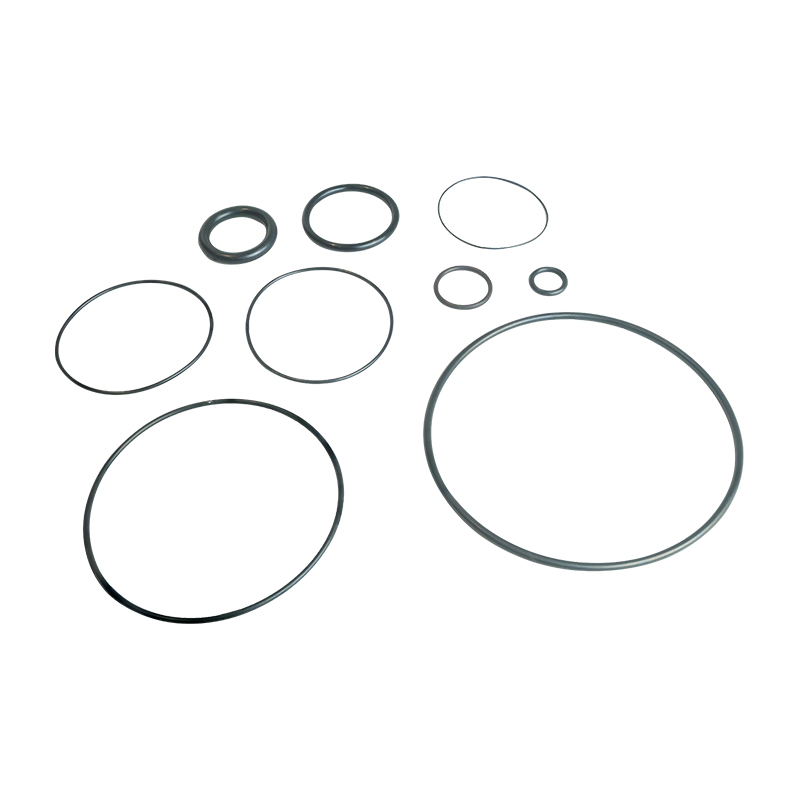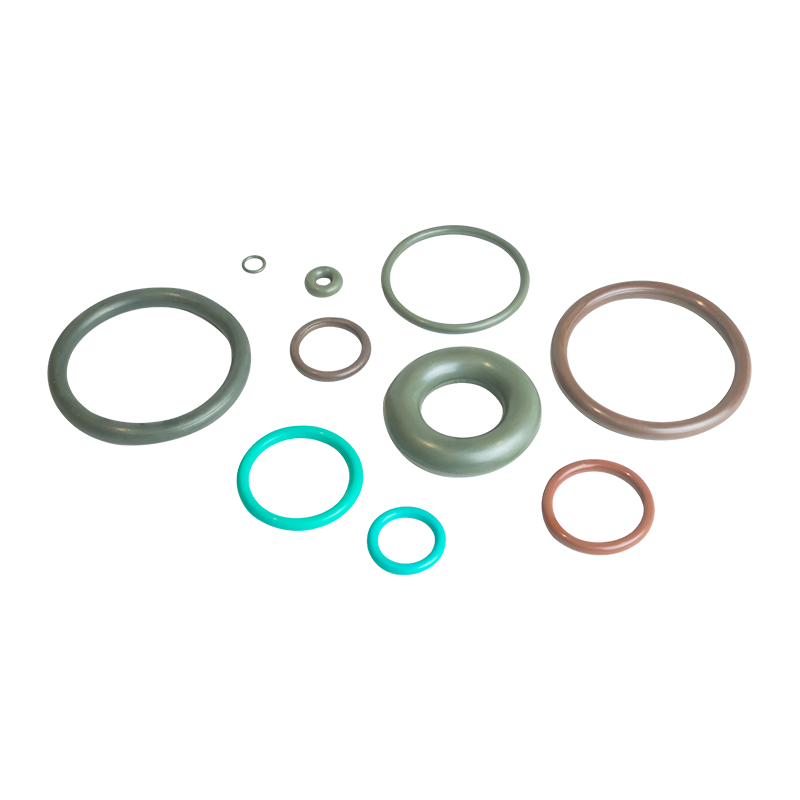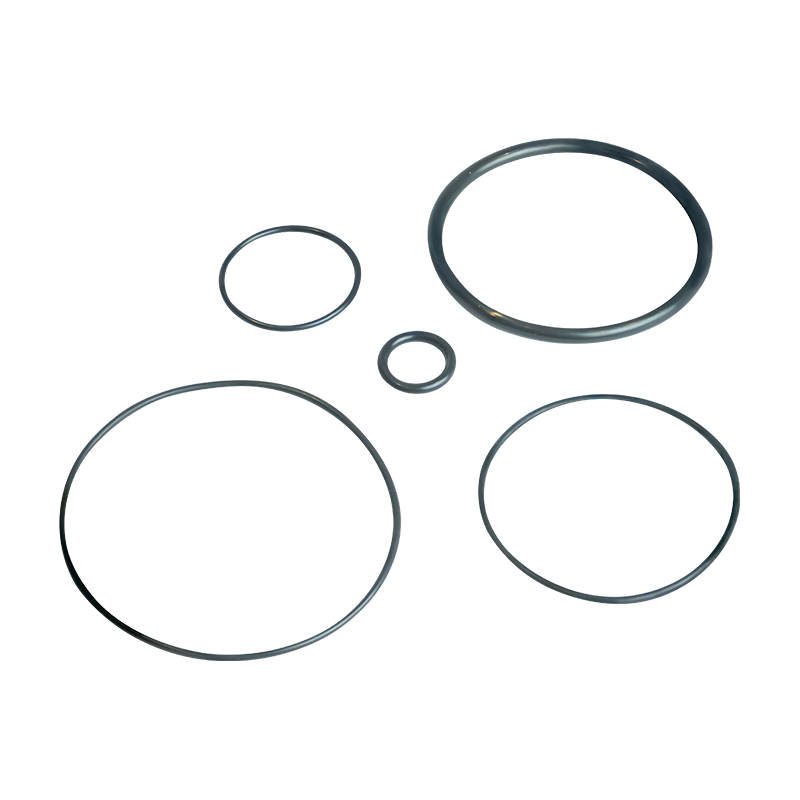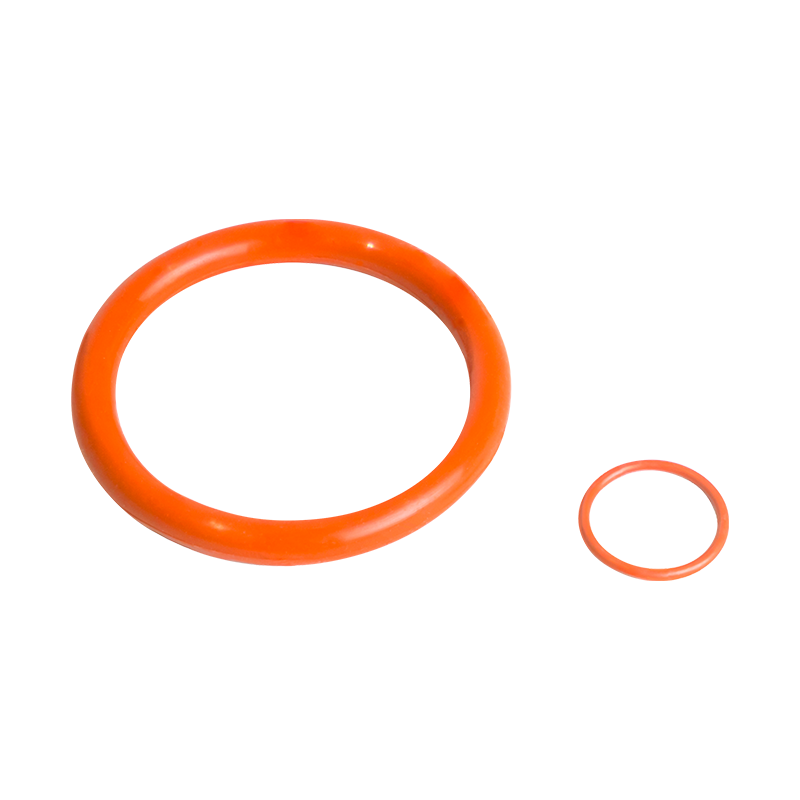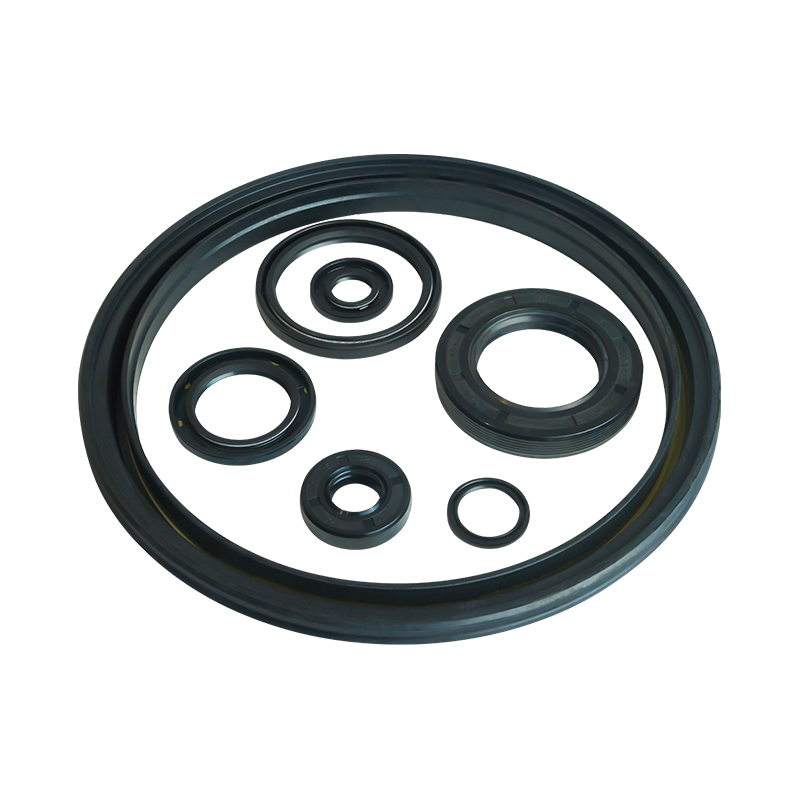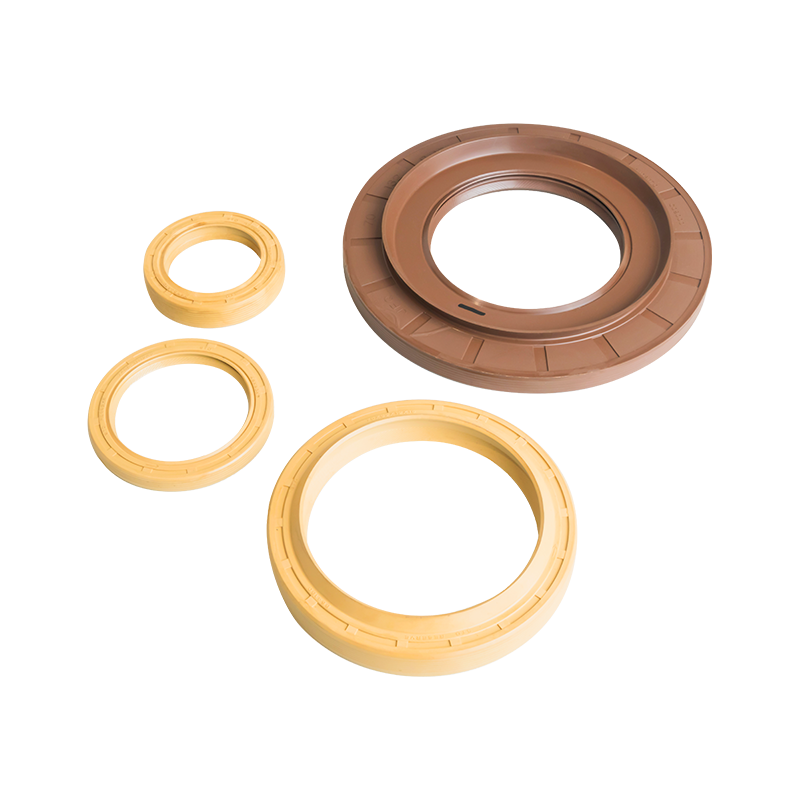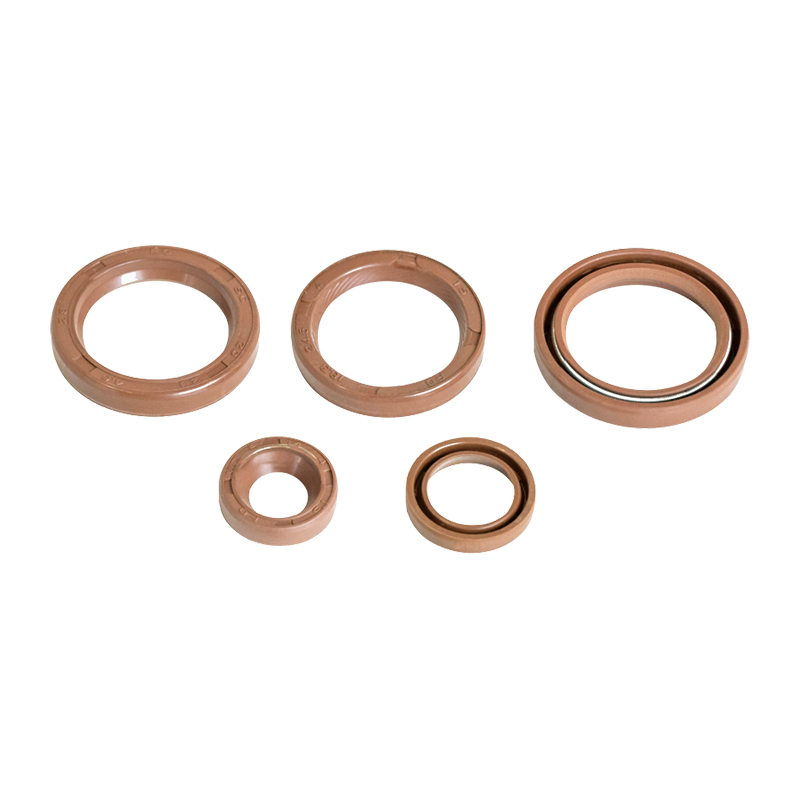How to control the quality of home appliances rubber parts in the production process?
The production of home appliances rubber parts usually includes several key steps such as raw material preparation, mixing, molding, vulcanization, finishing and inspection. Each step needs to be strictly controlled to ensure the quality and consistency of the final product.
Raw material selection and pretreatment
Raw material selection: First of all, it is very important to select high-quality home appliances rubber parts materials that meet industry standards and customer requirements. These materials should have good physical properties, chemical stability and processing performance. The selection of suppliers is also key, and it is necessary to ensure that the raw materials they provide are of reliable quality and traceable source.
Pretreatment: Before mixing, the home appliances rubber parts raw materials are subjected to necessary pretreatment, such as drying and impurity removal, to remove impurities and moisture that may affect the quality of the product.
Mixing process control
Mixing is the process of mixing home appliances rubber parts with various compounding agents (such as vulcanizers, accelerators, antioxidants, etc.) evenly. The quality control of this step directly affects the performance of the product.
Formula accuracy: Ensure that the formula of various compounding agents is accurate and feed according to the established proportion.
Mixing temperature and time: Strictly control the mixing temperature and time to avoid adverse effects of too high or too low temperature on rubber performance, and ensure that the mixing time is sufficient to fully disperse various compounding agents.
Mixing uniformity: Through reasonable mixing process and equipment, ensure that the rubber and compounding agents are mixed evenly without dead corners and lumps.
Molding process control
Molding is the process of processing the mixed rubber into the desired shape. According to different product requirements, calendering, extrusion, injection molding and other molding methods can be used.
Mold accuracy: The accuracy of the mold directly affects the dimensional accuracy and appearance quality of the product. The mold needs to be checked and calibrated regularly to ensure that it meets production requirements.
Molding temperature and pressure: Strictly control the temperature and pressure during the molding process to ensure that the rubber can fully flow and fill the mold, while avoiding defects caused by overpressure or underpressure.
Molding time: According to the characteristics of the rubber and the mold structure, the molding time is reasonably set to ensure that the product is fully cured and not over-vulcanized.
Vulcanization process control
Vulcanization is a key step in the production of rubber products. Through vulcanization, the rubber molecular chain is cross-linked, thereby improving the strength and elasticity of the product.
Vulcanization temperature and time: Vulcanization temperature and time are important factors affecting the vulcanization effect. The appropriate vulcanization temperature and time should be set according to the rubber formula and product requirements to ensure that the product is completely vulcanized and not excessive.
Vulcanization medium: Select the appropriate vulcanization medium (such as steam, hot air, etc.) according to the product characteristics and process requirements, and strictly control its temperature and humidity.
Finishing and inspection
The home appliances rubber parts after vulcanization need to be trimmed to remove defects such as burrs and flashes, and conduct a comprehensive inspection.
Appearance inspection: Check whether the product surface is flat and smooth, without cracks, bubbles and other defects.
Dimension inspection: Use special measuring tools to measure the product size to ensure that it meets the design requirements.
Performance test: Carry out necessary performance tests, such as tensile strength, tear strength, hardness, etc., to verify whether the performance of the product meets the standards.
Continuous improvement and quality control system
To ensure the continuous stability of the production quality of rubber accessories, enterprises should establish a complete quality control system, including raw material inspection system, production process monitoring system, finished product inspection system, etc. At the same time, it is also necessary to strengthen employee training and improve employees' quality awareness and operating skills. By continuously improving and optimizing production processes, we can continuously improve product quality and market competitiveness.
Sray up to date with allour recent products
- Address: No. 6 Yangsha Road, Chengbei Industrial Park, Huilong Town, Qidong City, Jiangsu Province China
- Phone: +86-13906283641+86-18934546679
- Fax: +86-0513-83698022
- Email: [email protected]




 English
English русский
русский 中文简体
中文简体

